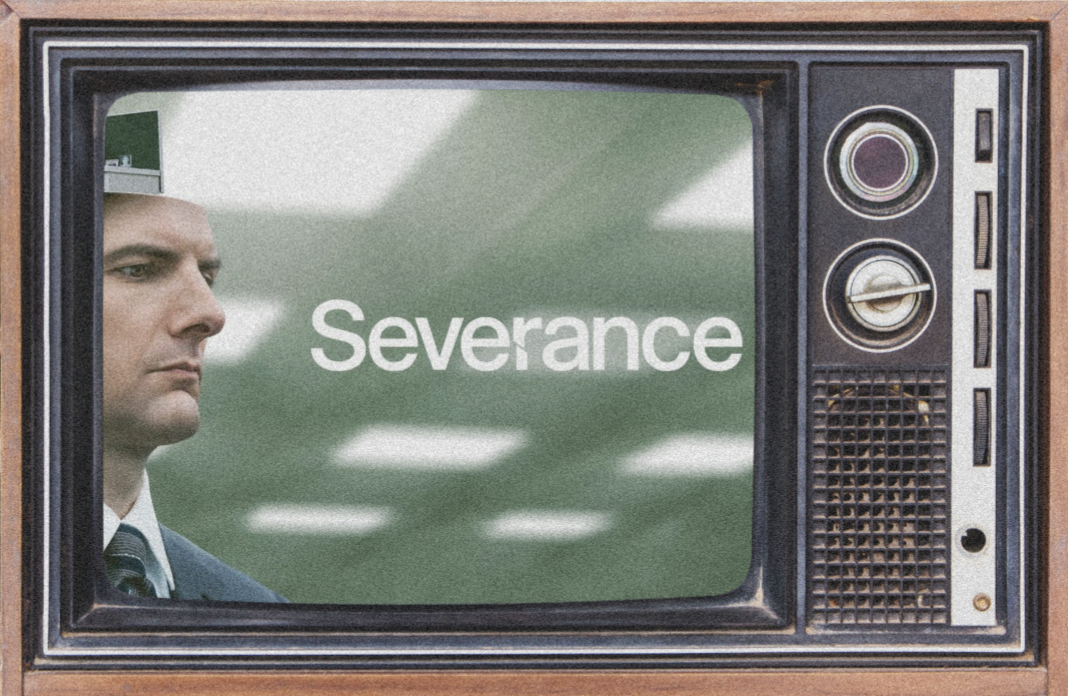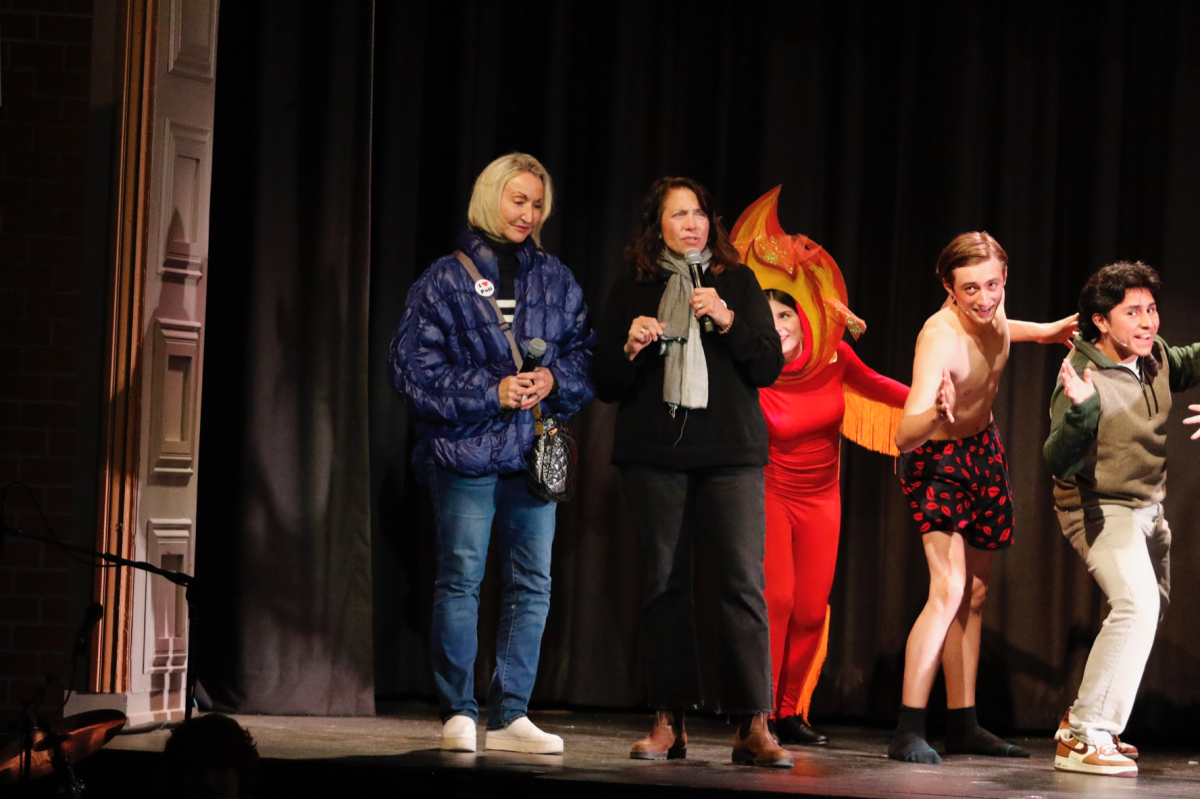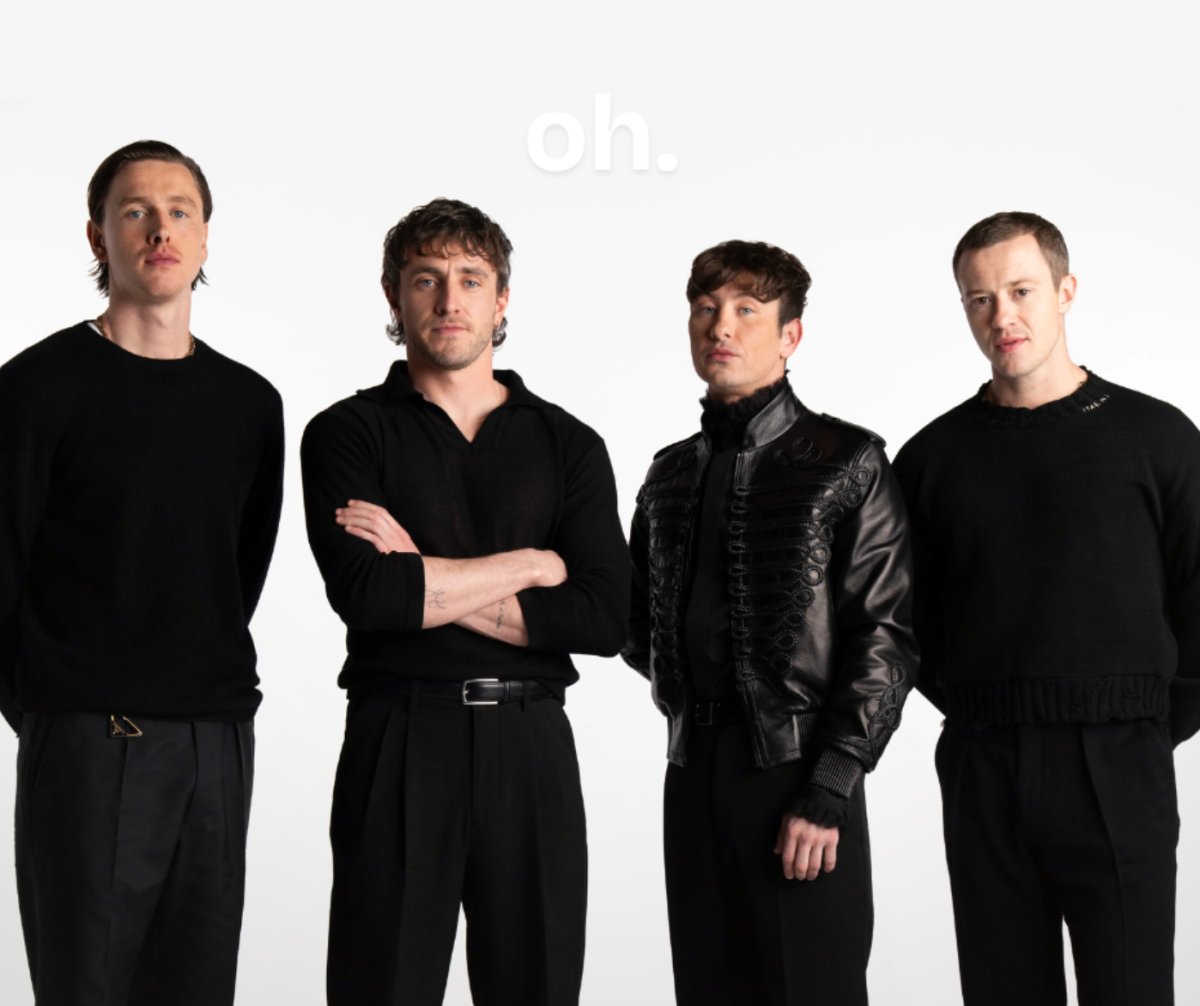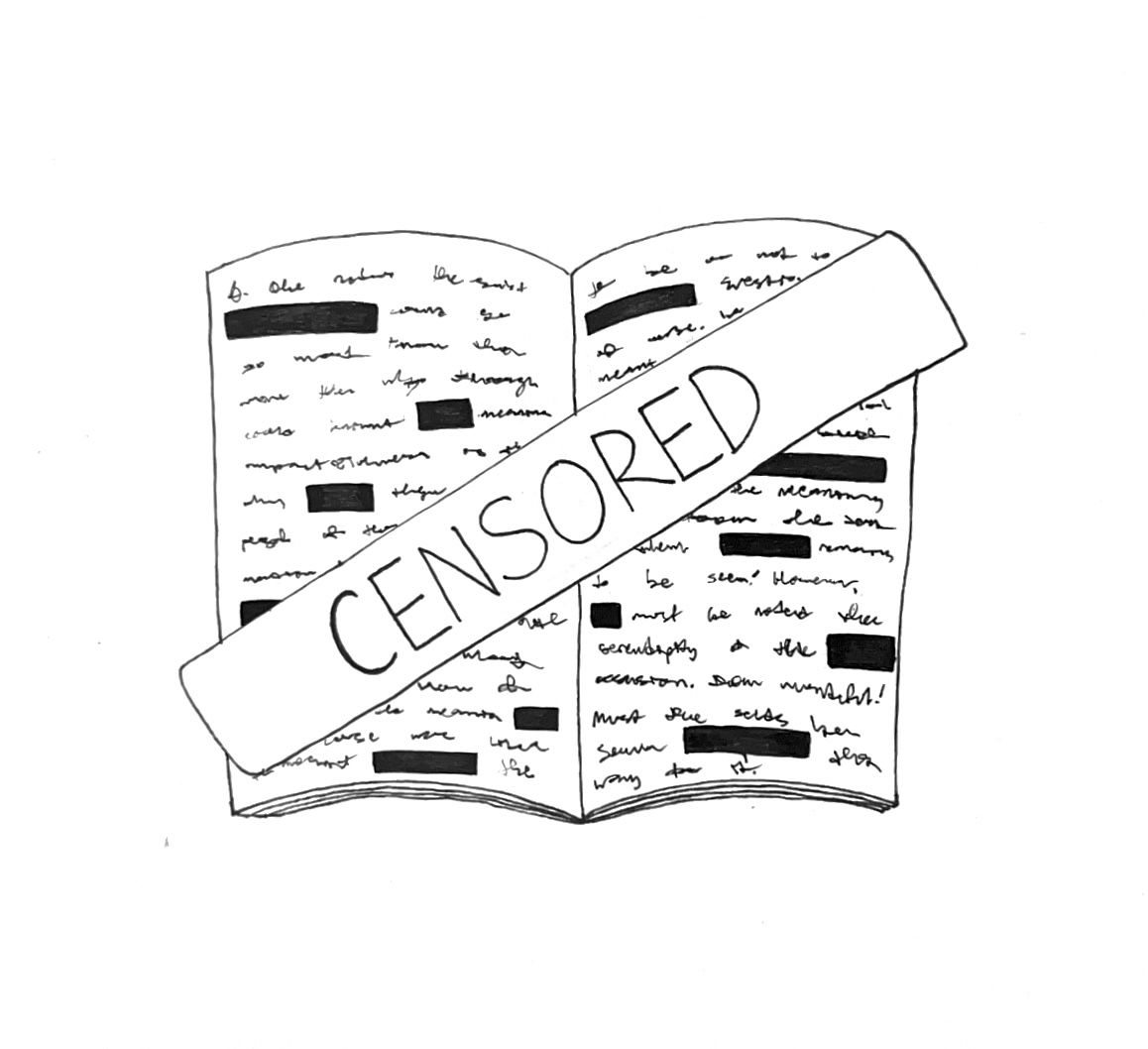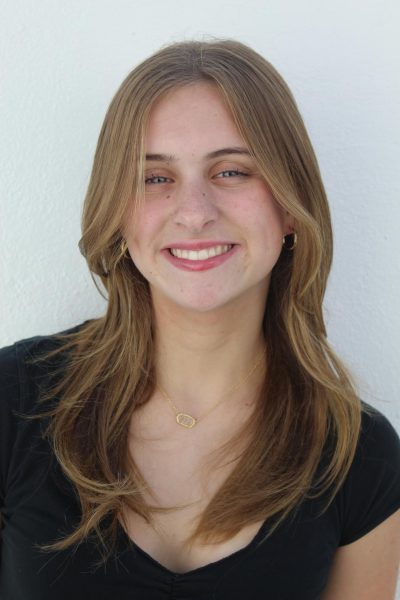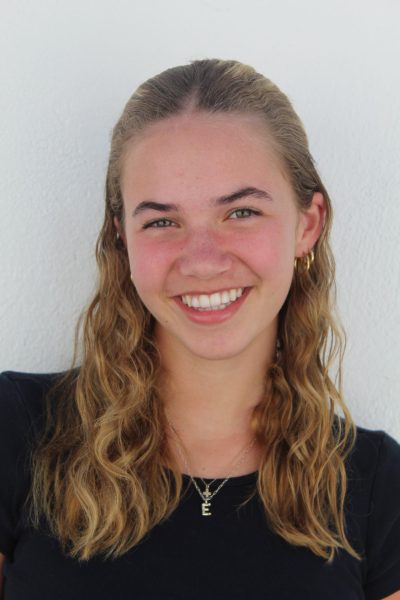While taking a stroll through the Palisades Village, you will likely be greeted by an overwhelming smell of marijuana and the sight of buzzed teens freshly released from school.
Every day, drug use becomes increasingly popular among teens and tweens.
According to the Centers for Disease Control (CDC), in 2019, 37 percent of American high school students reported having used marijuana at least once in their lives. Marijuana use among high schoolers also remained steady in 2020 following large increases in 2018 and 2019. From what I’ve observed, marijuana usage starts as early as seventh grade, and has become too casual and accepted among teenagers.
In large middle schools, it’s easy for tweens to participate in unhealthy habits. As someone who went to a large public school for sixth grade, and then a small private school for seventh and eighth, I’ve experienced both realities and know how they compare to each other. At small private schools, it’s easier for teachers to keep tabs on the wellbeing of every student. At large public schools, tweens are surrounded by different kinds of people, with varying lives and experiences and have a lot more opportunity to learn social skills, simply because of the large number of students. This makes it next to impossible for teachers to focus on specific students’ behavior and activity. So, if a middle schooler decides they want to try drugs, they aren’t exactly fearful of repercussions.
However, at any school, no matter the size, there is always going to be peer pressure to be “cool.” Merriam-Webster defines peer pressure as “a feeling that one must do the same things as other people of one’s age and social group in order to be liked or respected by them.”
When a sixth or seventh grader sees their “cool” eighth-grade friend smoking or vaping, they will sometimes decide to try it themselves, in hopes of feeling accepted. In some situations, the ringleader of a friend group may be the first to experiment, encouraging their friends to join and shun them if they don’t. Drugs are often equated with popularity and approval from others, and if someone were to start believing in this mindset, it would be difficult to stop. Especially in a school environment, when one person feels like they’re misbehaving, they would much rather do it with other people. There’s a strange camaraderie that comes from a group doing something that feels dangerous together. They bond over a common thrill and fear, which may lead them down the rabbit hole of hiding and concealing their drug use and preventing them from receiving help.
However, that’s not the only reason teens start experimenting with drugs.
“Teens try drugs for various reasons, but the four big ones are peer pressure, escapism, boredom and curiosity,” Pali health teacher Susan Ackerman said.
These students may have a negative personal life, and drugs are a deceivingly good opportunity to escape reality. Some adolescents may just want to know how it feels to be high, and others use them to suppress feelings of loneliness, anxiety and despair. According to the CDC, 4.1 percent of 12 to 17 year olds experiencing anxiety and depression have a substance abuse disorder.
Regardless of the cause, it only takes a few tweens trying it out to get almost their whole grade hooked on casual drug use.
While some only use drugs occasionally, there are others who are highly addicted to substances such as marijuana and nicotine, and let an occasional “cool” pastime snowball into something much bigger.
A junior, who wishes to remain anonymous, dealt with serious substance abuse as a sophomore and is now sober.
“I would say about 50 percent of [Pali] has smoked weed,” they said. “Parents and teachers might be afraid of those numbers, but they’re real.”
“I started because I wanted to know what it felt like to be high,” they added. “But it got to the point where I was coming to school stoned and super sick every day. I was failing all my classes the first semester, and if I went a couple hours without [weed] I would freak out.”
Marijuana use during young adulthood causes difficulty thinking and problem-solving, issues with memory and learning, reduced coordination and a shorter attention-span, according to the CDC article “What You Need To Know About Marijuana Use and Teens.” Drugs can take over a young person’s physical health, academic life and personal life.
“Looking back, I know I had a huge problem,” the student said. “I knew it wasn’t good for me to be so tired in my classes and always have these weird mood swings. But I was totally addicted to weed and didn’t want to quit yet…I’m glad I finally did.”
While this junior no longer uses marijuana, quitting can be easier said than done. One thing that schools can do to aid in addiction recovery and to combat this issue from spreading further is to provide education about the topic as well as resources and tools to grapple with heavy feelings, lessening the probability that teens will turn to drugs.
“If we were to start teaching students tools to cope with mental health problems from kindergarten or second grade all the way through high school — that’s one thing I think could work,” Ackerman said.
Drug use is a real epidemic that has become normalized and happens right in front of our eyes.
“Drugs are such a complex problem,” Ackerman said. “It’s not as simple as just ‘don’t do drugs’. We don’t deal well with trauma, attention rate, or sadness, and if we can teach kids how to [deal with those feelings], imagine those results.”
If you or someone you know needs help, contact the National Drug and Alcohol Treatment Hotline (1-800-662-4357).



